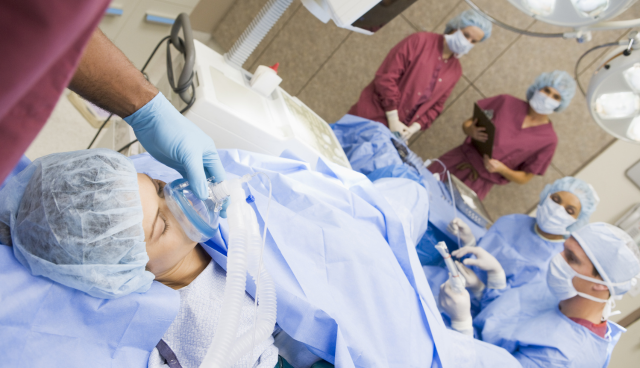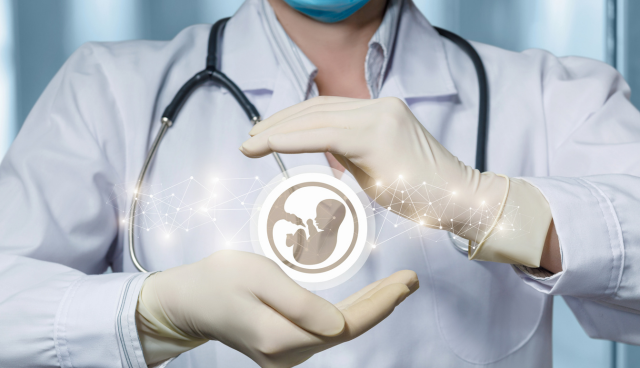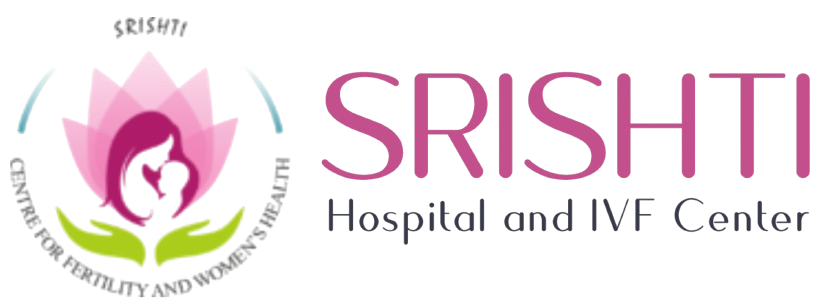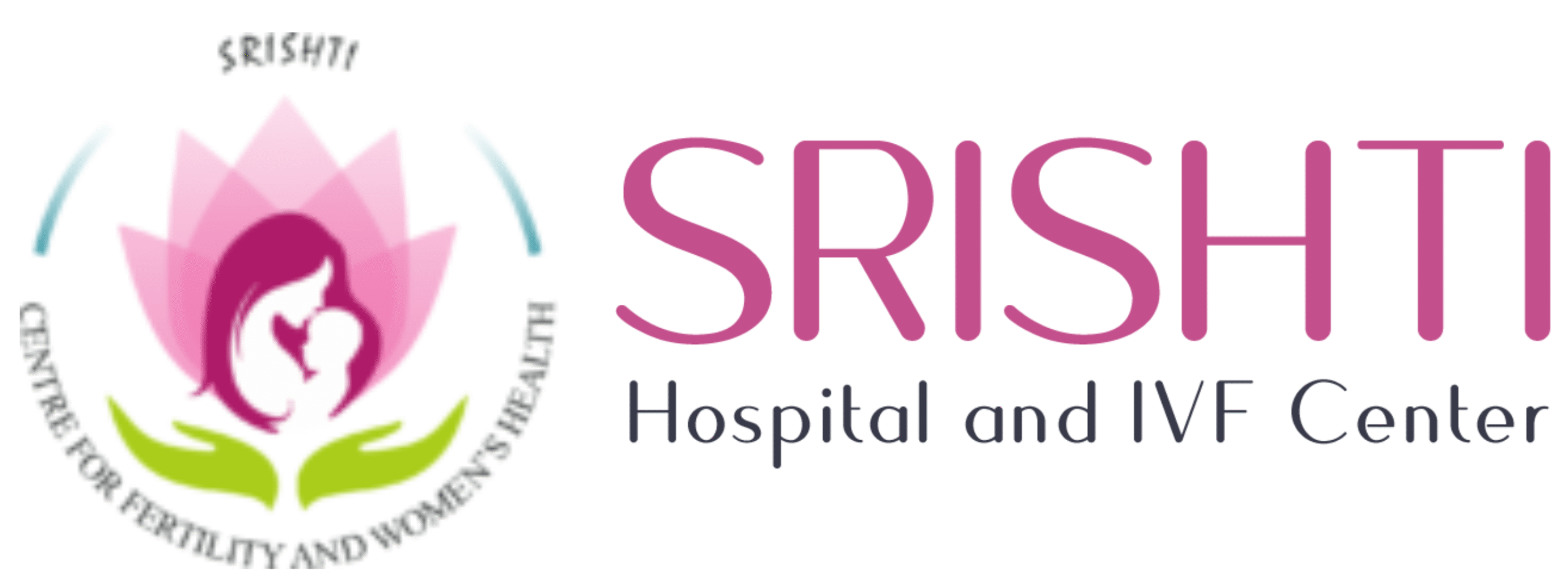
What Are The 5 Stages of IVF?
For many couples struggling with infertility, in vitro fertilization (IVF) offers new hope for building their family. This assisted reproductive technology bypass the usual fertilization process by manually combining eggs and sperm in a laboratory environment. Once an embryo or embryos form, they are then transferred into the uterus in hopes of implantation and pregnancy.
IVF is a complex, multi-step process that allows conception even when natural conception fails. If you’re considering IVF, understanding what’s involved can help you mentally and emotionally prepare. Here, we break down the 5 main stages of the IVF process.
Stage 1: Ovarian Stimulation
IVF starts with stimulation of the ovaries to produce multiple mature eggs in one cycle, instead of the single egg typically developed each month. The patient undergoes ovarian stimulation by taking a series of fertility medications, either in pill form or by injection. These medications regulate and boost hormones that control ovulation and egg development.
During this time, the patient will have frequent blood tests and ultrasounds to monitor follicle growth and development until the lead eggs are deemed ready for retrieval. At that point, ovulation is triggered with a “trigger shot” of human chorionic gonadotropin (hCG). Timing of this shot is critical, as egg retrieval must occur just before ovulation happens.
Stage 2: Egg Retrieval
Egg retrieval is a minor surgical procedure performed 34-36 hours after the trigger shot is administered. The patient receives IV sedation while the doctor inserts an ultrasound-guided needle through the upper vaginal wall to reach the ovaries. The needle is connected to a suction device that aspirates the follicular fluid containing the eggs from each follicle.
The procedure takes about 30 minutes, but expect to be at the clinic for a few hours for before and after monitoring. Most women experience cramping and bloating for a few days post-retrieval, along with spotting. Taking it easy physically while the ovaries recover is key.
Stage 3: Fertilization
After the eggs are retrieved, they are immediately paired with sperm in a laboratory culture dish and stored in an incubator. A few hours later, the eggs are examined to confirm whether fertilization was successful.
If sperm quality or motility is problematic, a process called intracytoplasmic sperm injection (ICSI) may be used for fertilization instead. With ICSI, a single sperm is directly injected into each mature egg to achieve fertilization.
Fertilized eggs now become embryos and are allowed to grow undisturbed for 5-6 days. The timely combination of egg and sperm set the stages for the miracle of life. Even at this early stage, these little clusters of cells hold breathtaking potential.
Stage 4: Embryo Transfer
Usually 3-5 days after egg retrieval, the embryo transfer takes place. One or more chosen embryos are loaded into a thin catheter and gently placed within the patient’s uterus. The procedure requires no anesthesia nor recovery. You can expect some mild cramping and more spotting post-transfer.
Selecting which embryo(s) to transfer depends on embryo quality, imaging techniques like PGT-A testing, and how many the parents hope to transfer at one time. Transferring multiple embryos does increase chances of pregnancy but also increases health risks and chance of multiples. It’s a delicate discussion between doctor and parents-to-be.

Now begins the “two week wait” as you endure days of wondering, hoping, analyzing every twinge…waiting to take a pregnancy test. Try to take it easy and do relaxing, comforting activities as your embryo(s) hopefully implant into your uterine lining and begin rapid cell division. But know that it’s emotionally taxing for any hopeful parent. Lean on your loved ones during this period and take care of yourself.
Stage 5: Confirmation
Congratulations! After many years of waiting and this intensive IVF process, you hopefully now are met with two beautiful pink lines confirming pregnancy at last! Should the cycle not result in pregnancy, know that you can explore trying another cycle with your doctor.
With a positive pregnancy test, your doctor will monitor you closely through the crucial early weeks before releasing you to standard obstetric care around week 12 if all continues smoothly. After so much striving, loss, and overcoming, celebrate your profound persistence culminating in this hard-won success. You are brave, you are strong – and you will change that baby’s world…as they change yours forever through the gift of life.
Conclusion
The path to pregnancy through IVF can be complex, lengthy, and emotional. But the promise of new life gives strength for the journey. Understanding each stage allows patients to anticipate what’s required physically and emotionally at that phase. From ovarian stimulation through egg retrieval, fertilization, embryo transfer, and those anxious two weeks waiting—it is quite a rollercoaster. But the profound reward at the end makes each difficult twist and turn worth enduring. If you reach that thrilling positive pregnancy test, congratulations! Now go lovingly cradle your hard-fought miracle as you dream of the wondrous future ahead together as a family. IVF can truly make the deepest wish of so many longing parents come true at last.

